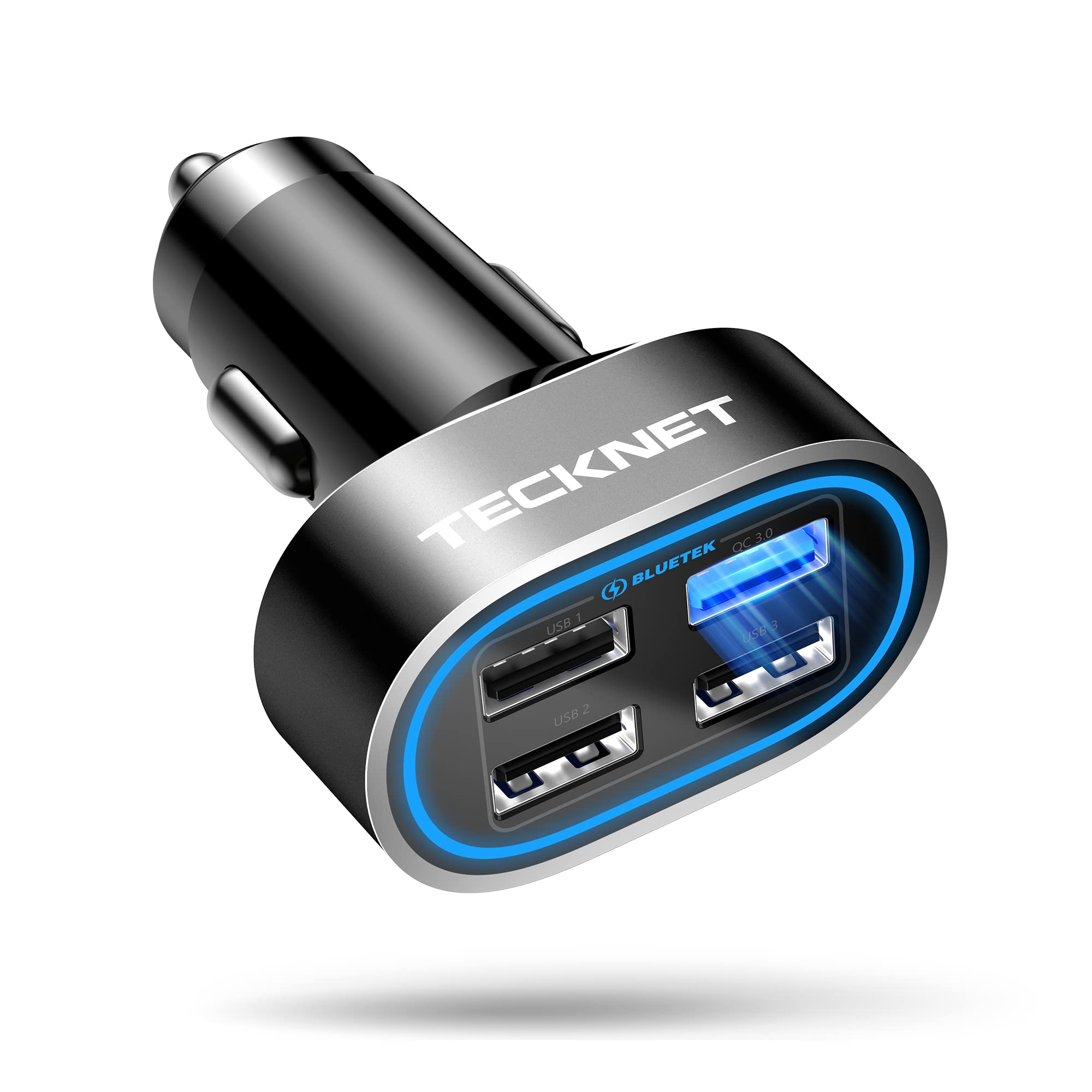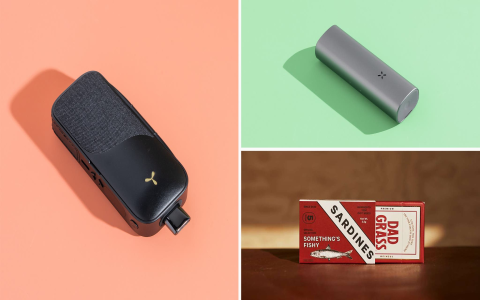An electronic cigarette USB charger is a dedicated power accessory used to recharge the battery of an e-cigarette device. It typically connects the e-cigarette to a USB power source, such as a computer, wall adapter, or power bank.
Key Characteristics and Types
USB chargers for e-cigarettes vary in design and specifications, primarily differing in connector type and power output.

- Connector Types:
- Micro-USB: A common standard for many vape devices, especially older models.
- USB-C: Increasingly prevalent in newer devices, offering potentially faster charging speeds and a reversible connector.
- Proprietary Connectors: Some e-cigarettes, particularly pod systems or specific older styles (e.g., eGo-threaded), utilize unique magnetic or threaded charging interfaces.
- Power Specifications:
- Input: Typically 5 Volts (V) DC, standard for USB ports.
- Output Current: Varies, commonly ranging from 0.5 Amperes (A) to 2A, or higher for fast-charging capable devices. The output voltage is specific to the battery chemistry being charged, often around 4.2V for common lithium-ion cells used in vapes.
- Integrated Circuitry: Quality chargers include circuitry to manage the charging process, preventing overcharging and sometimes offering short-circuit protection. The e-cigarette device itself often contains further charging protection.
Operational Guidelines and Safety
Proper usage ensures device longevity and user safety.
- Compatibility: Always use a charger specifically designed for your e-cigarette model or one with matching electrical specifications (voltage and amperage) as recommended by the manufacturer. Using an incompatible charger can damage the battery or device.
- Power Source: While many USB ports can be used, ensure the power source (e.g., wall adapter) has an appropriate current output. A source with insufficient current may result in slow charging, while an excessively high current (if the device/charger lacks proper regulation) could pose a risk.
- Charging Indicators: Most chargers and/or devices have LED indicators to show charging status (e.g., red for charging, green/blue or off for fully charged).
- Avoid Overcharging: Although many modern devices have overcharge protection, it is best practice to disconnect the charger once the battery is full. Do not leave devices charging unattended for extended periods, especially overnight.
- Physical Condition: Regularly inspect the charger, cable, and device port for any signs of damage, such as frayed wires or bent connectors. Do not use damaged equipment.
- Temperature: Charge in a cool, dry place. Avoid charging in direct sunlight or near heat sources. If the device or charger becomes excessively hot, discontinue charging.
For Devices with Removable Batteries
For e-cigarettes using removable batteries (e.g., 18650, 20700, 21700), it is often recommended to use a dedicated external battery charger. These chargers typically offer more precise charging control, individual cell monitoring, and advanced safety features, contributing to better battery health and safety compared to on-board USB charging for such cells.










